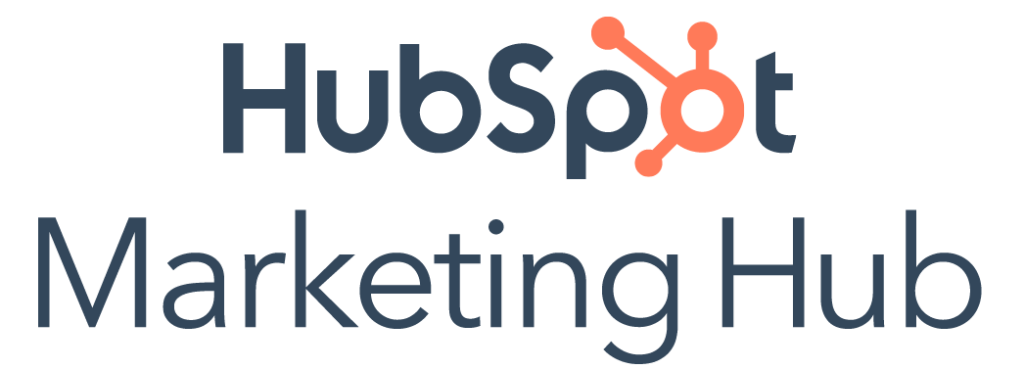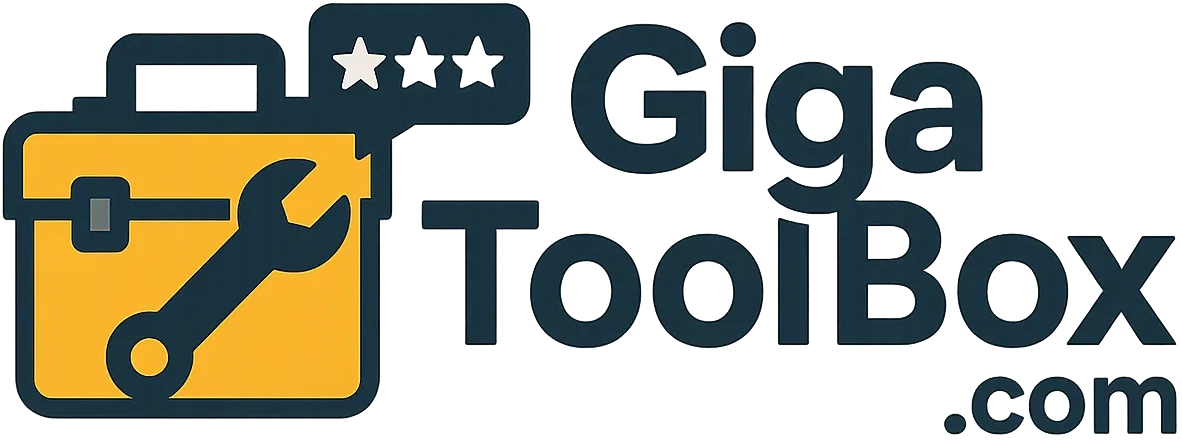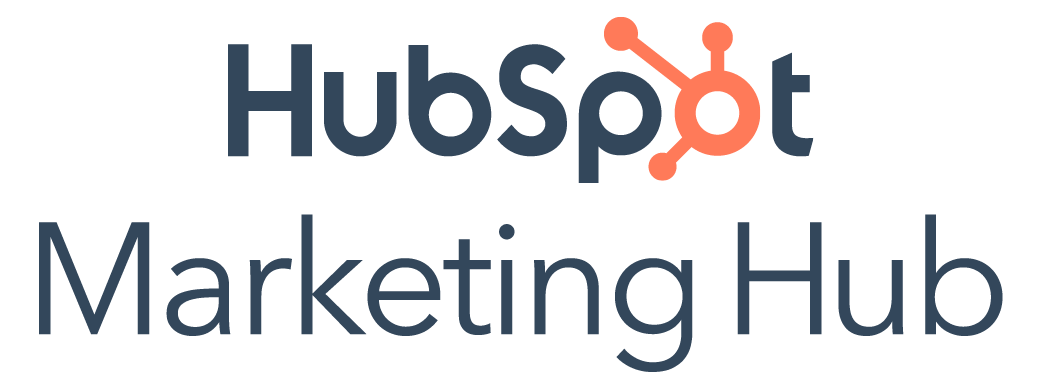
Over a 10-week stretch, I implemented HubSpot Marketing Hub across three brands to manage lead capture, email campaigns, landing pages, automation, A/B testing, and marketing attribution. My use spanned both the Starter and Professional plans. From setup to campaign reporting, Marketing Hub proved highly capable—especially once scaled with automation—but with a learning curve and tiered pricing structure to navigate.
Key Strengths (Real-World Campaign Testing)
Unified Campaign Management
From one dashboard, I created emails, landing pages, CTAs, social posts, and ads tied to campaigns. Assets connected to the same theme were tracked together, allowing campaign-level attribution. I tracked performance end-to-end—from click to lead to deal closed. Campaign analytics showed which channels contributed most to final conversions, supporting better resource allocation in future launches. This holistic visibility gave teams more confidence when presenting results to leadership and stakeholders.
Lead Forms & Dynamic Personalization
HubSpot’s drag-and-drop form builder integrated with popups, embedded forms, and standalone pages. I used progressive fields to ask only for new information on repeat visits. Smart content blocks tailored messaging based on lead stage, segment, or custom fields—boosting conversion rates noticeably across targeted offers. The ability to conditionally display form fields and CTAs also helped personalize the user journey with minimal tech support.
Email Marketing and Smart Lists
Email creation is fast—drag-and-drop builder with reusable templates and branded modules. I created automated sequences (drip campaigns, onboarding flows) that adapted to user behavior. Smart lists let me dynamically segment by lifecycle stage, form fills, email engagement, and even CRM deal activity. Deliverability remained high, and engagement metrics like open rate and CTR were well above average. For nurturing long-term prospects and engaging new contacts, this flexibility was essential.
Marketing Automation Workflows
The Professional plan unlocked advanced workflows that I used to create intricate behavior-based funnels. I built multi-path automation flows with triggers such as email opens, link clicks, list membership, and custom field updates. Lead scoring, internal task assignment, and contact nurturing all ran seamlessly in real-time—helping the sales team focus only on qualified leads. With branching logic and conditional delays, workflows adapted based on engagement without manual intervention.
Landing Pages & Conversion Optimization
I built over 20 landing pages using HubSpot’s templates, experimenting with CTAs, headlines, and content modules. Native A/B testing revealed clear winners within days. I also used heatmaps and form analytics to identify friction points and improve design. Integrating these pages with email workflows and ads helped streamline campaign journeys. Paired with smart forms and hidden fields, I collected granular campaign data without requiring a developer.
Attribution & ROI Reporting
Multi-touch attribution and revenue reporting helped clarify what truly moved the needle. For example, I used model comparisons (first-touch, linear, and U-shaped) to analyze which content and campaigns assisted conversions. These insights allowed us to cut ineffective tactics and double down on high-ROI channels. The revenue reporting views were particularly valuable during board reporting and QBRs, demonstrating which investments yielded pipeline and closed deals.
Ads & Social Tools
I connected ad platforms to create segmented audiences based on CRM activity and lifecycle stages. I ran retargeting campaigns to bring warm leads back to gated content or demo requests. ROI reporting tracked ad cost per lead and channel influence on pipeline generation. While basic, the social publishing tools were adequate for scheduled posts and tracking engagement. For more complex scheduling and approval workflows, integrations with tools like Hootsuite are available.
AI & Content Assistant Features
HubSpot’s built-in AI tools helped generate email subject lines, rephrase CTA copy, and scaffold landing page outlines. While not transformative, they proved helpful for rapid ideation and first drafts. I found them especially useful when building content for split tests or localized pages. Over time, the AI started suggesting segmentation rules based on performance history, helping surface new audience targeting options.
Pricing (Tested Plans)
| Tier | Monthly Price | Key Limits & Features |
|---|---|---|
| Starter | From $20/month | Basic email, forms, ads, landing pages, 1K contacts |
| Professional | From $890/month | Marketing automation, A/B testing, dynamic content, campaign attribution |
| Enterprise | From $3,600/month | Team-based partitioning, sandboxes, advanced permissions, custom objects |
Disclaimer: Pricing and contact limits may change. Check HubSpot’s current pricing page for updated info.
Pros and Cons
Pros
- Easy-to-use interface with templates and automation flows
- Unified asset and campaign tracking across channels
- Smart personalization and behavior-based segmentation
- Advanced multi-touch attribution and ROI tracking
- Seamless CRM integration for closed-loop marketing
- Excellent email deliverability and audience targeting flexibility
- Strong onboarding and knowledge base resources
- Expanding AI and content assistant features for campaign creation
Cons
- Steep price jump from Starter to Professional
- Contact-based pricing increases quickly as list grows
- Enterprise features (like custom objects) locked behind high tiers
- Learning curve for building complex workflows
- Built-in AI tools are helpful but not deeply advanced
Final Verdict
HubSpot Marketing Hub is a powerful all-in-one platform for teams that want to run scalable, data-driven campaigns with tight CRM integration. Its drag-and-drop builders, smart lists, automation workflows, and attribution tools deliver everything modern marketers need to drive and prove ROI.
The ability to manage full campaigns from one interface—ads, forms, emails, landing pages, and reporting—greatly reduces friction across teams. With native CRM alignment, the handoff between marketing and sales becomes far more seamless, ensuring no lead falls through the cracks. While the cost at higher tiers is significant, so is the return for teams that fully utilize its features and workflows.
Final Rating: 8.5/10 — A high-performing, scalable marketing engine ideal for CRM-aligned growth teams that need insight, automation, and clarity across the funnel.

